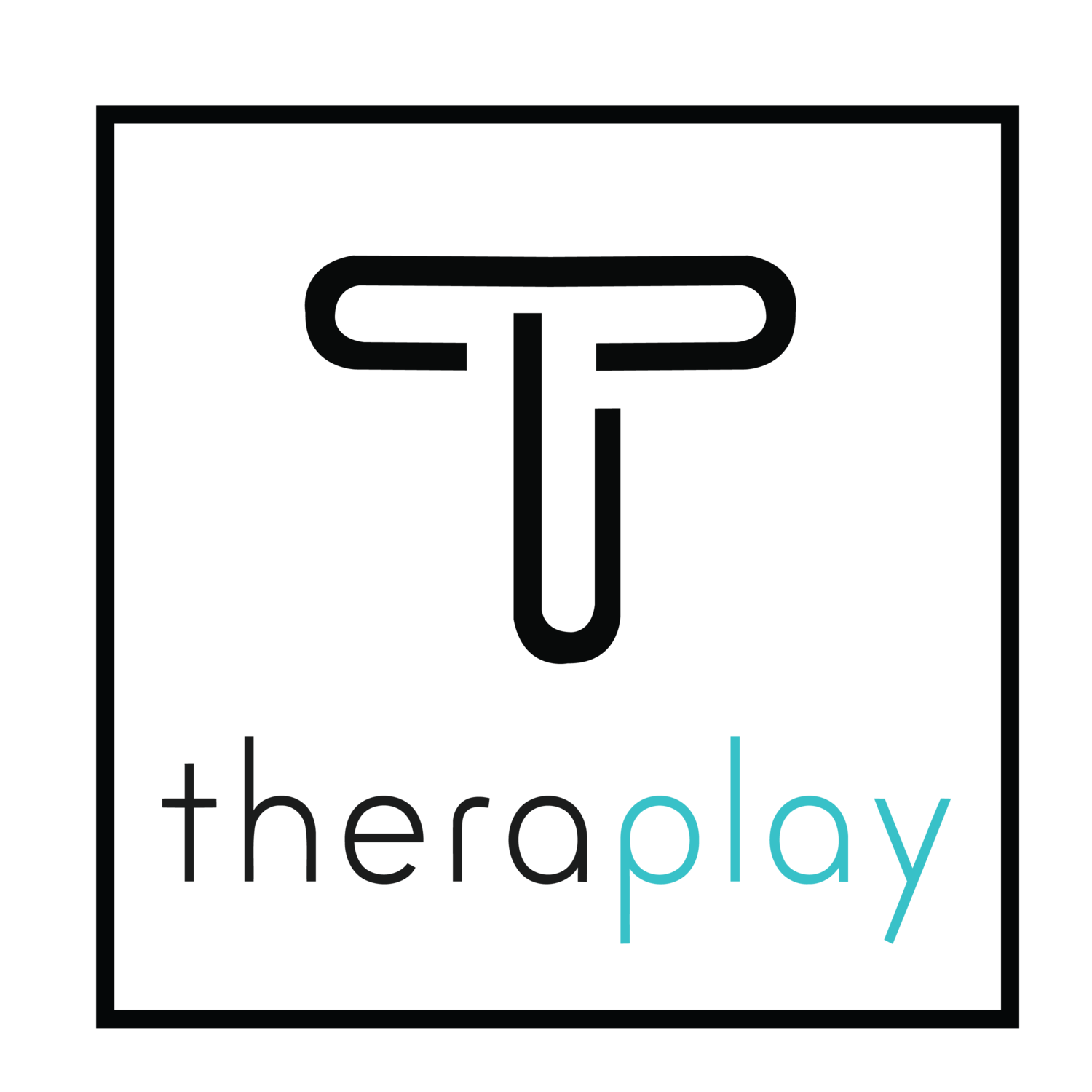Why Introducing Multiple Languages at Once Benefits Child Language Development
In recent years, there has been a growing recognition of the benefits of introducing multiple languages to children at an early age. Contrary to popular misconceptions, simultaneous language learning can provide numerous advantages for a child's language development. In this article, we will explore the reasons why introducing multiple languages at once is essential for fostering robust linguistic abilities in children.
Enhanced Cognitive Abilities
Research suggests that children exposed to multiple languages from an early age demonstrate enhanced cognitive abilities compared to their monolingual peers. Learning multiple languages simultaneously requires mental flexibility, increased attentional control, and cognitive adaptability. These skills not only facilitate language acquisition but also have a positive impact on problem-solving, critical thinking, and creativity.
Strengthened Language Skills
Introducing multiple languages concurrently exposes children to diverse linguistic patterns, vocabulary, and grammatical structures. This exposure promotes a deeper understanding of language and allows children to draw connections between different languages. Consequently, they develop a more profound linguistic awareness, which enhances their overall language skills, including vocabulary, grammar, and pronunciation.
Improved Communication and Cultural Sensitivity
Language and culture are deeply interconnected. By exposing children to multiple languages at once, we expose them to different cultures, customs, and perspectives. This early exposure fosters cultural sensitivity, empathy, and open-mindedness. It also equips children with the ability to communicate effectively with individuals from diverse backgrounds, promoting inclusivity and global understanding.
Enhanced Brain Plasticity
Children have remarkable brain plasticity, making them exceptionally receptive to language acquisition. Introducing multiple languages takes advantage of this plasticity, as the brain becomes more adaptable and receptive to new linguistic structures and sounds. This adaptability extends beyond language skills and positively impacts cognitive flexibility, memory, and learning abilities.
Bilingualism as a Lifelong Asset
In today's increasingly interconnected world, being bilingual or multilingual provides numerous advantages. Children exposed to multiple languages from an early age develop a strong foundation for becoming fluent in multiple languages. This early start facilitates future language learning and opens doors to a wide range of personal, academic, and professional opportunities.
Preservation of Heritage and Family Bonds
For families with diverse cultural backgrounds, introducing multiple languages can help preserve their heritage and strengthen family bonds. Children who learn their parents' native languages are better able to communicate with extended family members and participate actively in cultural traditions. Maintaining a connection to their roots fosters a sense of identity, pride, and belonging.
Conclusion
Introducing multiple languages to children simultaneously is a powerful approach to language development. The benefits extend far beyond linguistic competence, encompassing cognitive abilities, communication skills, cultural sensitivity, and personal growth. As speech therapists, it is essential that we recognize and support the advantages of simultaneous language learning. By embracing and nurturing children's multilingual abilities, we empower them to become global citizens, poised for success in an increasingly diverse world.

